Thank you @ Zhihu Food
I feel like giving sake a try, especially the “summer sake” category in sake.
The alcohol content of sake is generally between 14 and 21 degrees.
There are four distinct seasons in Japan, and each season has distinctive ingredients. Therefore, in order to increase sales, Japanese wineries have launched seasonal sake, such as “Hanami sake” in spring cherry blossom season and “Tsukimi sake” in autumn. “Snow Wine” in winter.
Among the four seasons, the history of “summer sake” drunk in summer is the shortest. The Japan Sommeliers Association (SSI) first determined the concept of summer sake in 2007, only 15 years ago.
Like autumn wine with a long history (it already existed in the Edo period), the craftsmanship and style of each family are basically the same, that is, the “cold unloading” process: that is, take some wine brewed in spring (basically Junmai sake or Junmai Ginjo, of course there are some other grades), after a pasteurization, and then stored in the winery until late summer and early autumn, and then directly bottled and sold without pasteurization. The taste of cold unloading wine is generally rich and full, and it is suitable for autumn ingredients such as saury with a strong taste.
The history of summer wine is short, and the diversity is relatively high. Various styles are fighting in the market, and there is no winner yet, but this also makes the diversity of summer wine very rich.
At present, summer wine can be roughly divided into the following categories (not too strict classification, there may be overlaps, and a wine belongs to two categories at the same time):
1. High alcohol content (generally above 17 degrees, generally raw wine, that is to say, it will not be diluted with water after brewing), and the category with strong flavor
The purpose of this category is to allow you to add ice to drink more heat without destroying the aroma of the wine. Because it is not recommended to add ice when drinking sake, for fear of diluting the body and flavor of the wine after the ice cubes melt. However, the summer wine mentioned above has a high alcohol content and a strong taste. After adding ice cubes, in addition to making the taste cooler, it can also reduce the alcohol content and flavor concentration by melting the ice, making it more palatable.
A typical representative of this type of wine is this:
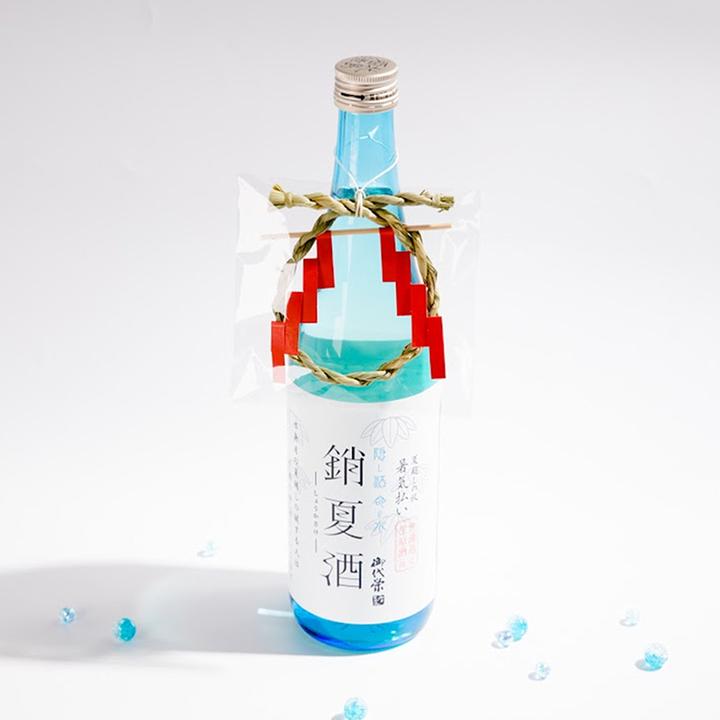
From Shiga Prefecture Kitajima Brewery, “Summer Sake by Royal Sales”. This one has 20% alcohol! It has a high degree of alcohol in sake. After adding ice, there is a softer aroma of melons, bananas, and apples. It is very refreshing to drink, but you must be careful not to drink too fast. After all, it is easy to get drunk at 20 degrees.
2. Slightly sour , similar to the category of white wine
In summer, people’s appetite usually decreases. Drink some wine with a certain acidity, more appetizing. In addition, it is also popular in the sake industry to brew this kind of white wine-like product. It has a fruity aroma, acidity, and is eaten cold, which can naturally cool off the heat.
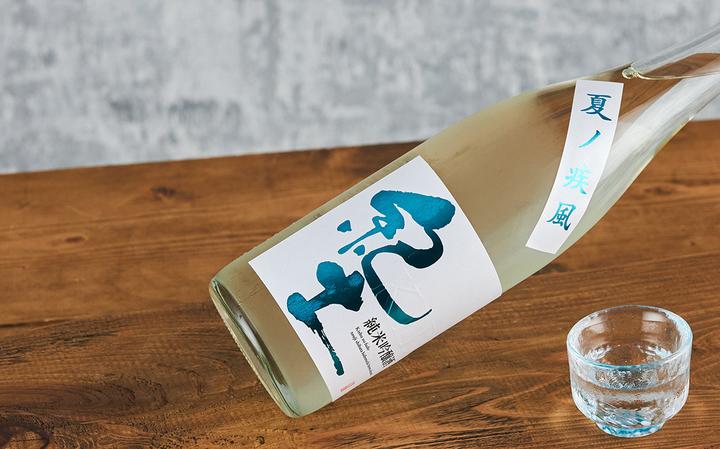
“Junmai Ginjo of Jituxia Noble Wind”, from Heiwa Brewery in Wakayama Prefecture. In addition to the coolness of the name, the wine has a light acidity and a clean mouthfeel, which is very refreshing when served cold.
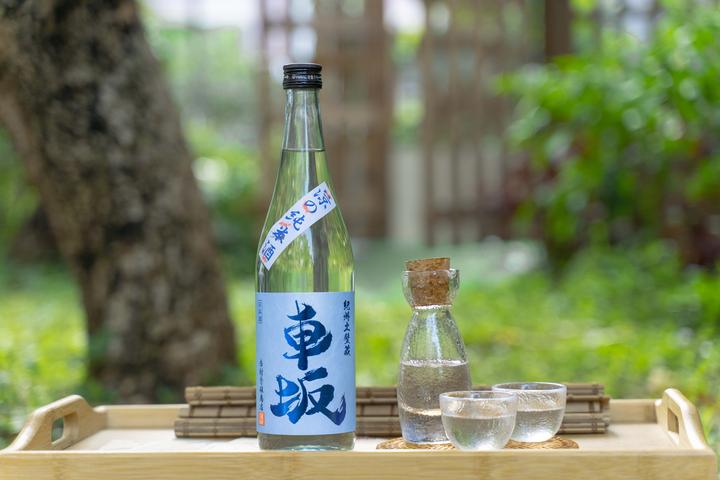
We recommend this “Chasaka Natsuryo Junmai Wine” from Wakayama Prefecture. It has a fruity and sour taste like lemon and green apple, and a little strawy aroma similar to Sauternes liqueur, as well as some rice aroma. The cold drink effect is quite good, and it is also suitable for use with some meat and other dishes. greasy effect.
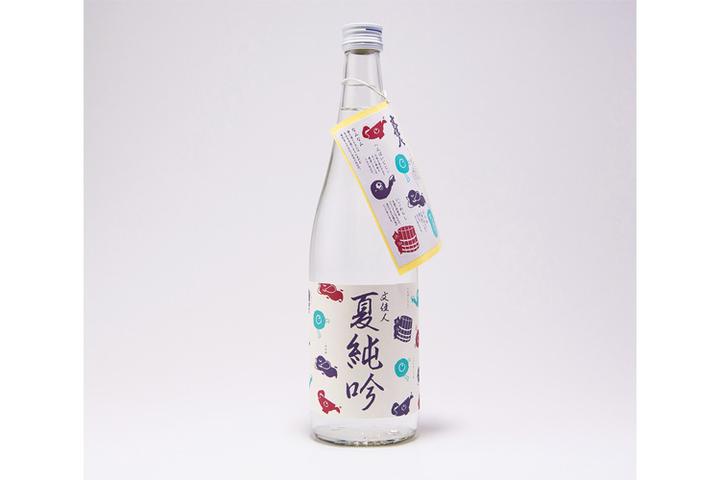
This is the product of Wenjia family, which has won the Gold Award of the “National New Wine Appraisal Meeting” for five consecutive years. The pattern and sticker image on the wine label are all derived from the “wine monster” in the traditional Japanese summer festival. In terms of flavor, this one has a relatively high acidity, with the aroma of green apple, lemon, and yogurt. However, if you don’t drink sake and wine very often, you will not be familiar with this taste.
3. The taste is cool and refreshing , with a slightly fruity or fresh aroma
This category is actually quite close to the previous category because both have fruity aromas. The difference is that the second type of fruity aroma has acidity, which is more sweet and sour; the third type has no acidity or relatively low acidity, sweet or spicy. Anyway, fruity wines are quite refreshing as long as they are iced.
As for why the taste should be very refreshing, it is because when it is cold, the flavor will be lighter and more restrained, and you can drink it without fear of getting tired.
This category is also the more mainstream category in summer wine, such as:
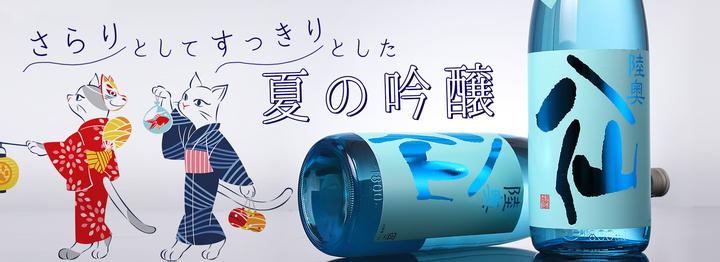
“The Eight Immortals of Mutsu in Summer”. This brand should be known to Japanese food lovers in Beijing, because it has been promoted in Beijing for many years, and many Japanese restaurants will use it. The wine comes from Aomori Prefecture in northern Japan. The weather is cold, especially in the autumn and winter seasons of winemaking, where there are often heavy snowfalls. Cold weather is very helpful for ginjo sake that requires low temperature fermentation, and the quality of ginjo sake from Mutsu Yasen’s family is good. This summer wine has the typical style of their home, refreshing and fruity, slightly spicy, very clean in taste, without any greasy feeling, plus the alcohol content of 14 degrees, it can be used directly after iced. , super relieve the heat.
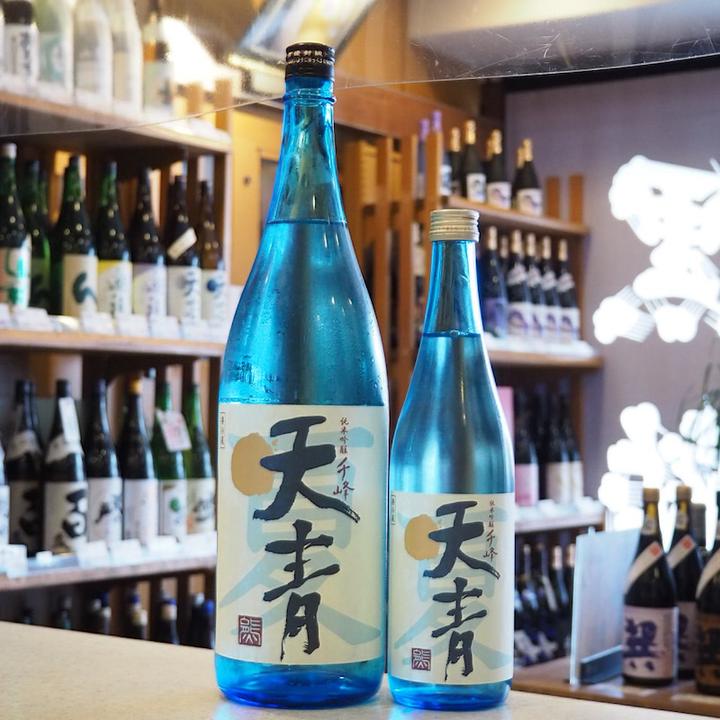
“Tianqing pure rice brewing summer wine”, named after the five dynasties Zhou Shizong Chai Rong praised the words of the Chai kiln porcelain “after the rain, the sky is blue and the clouds are broken”, of course, everyone is more familiar with Jay Chou’s blue and white porcelain “azure and other misty rain” . The winery named the wine to signify the “clear, penetrating coolness and hydrating flavor” of their products. This wine can also be said to convey the concept of the winery well. The alcohol content is only 14 degrees. It is light and refreshing, with a light fruity aroma.
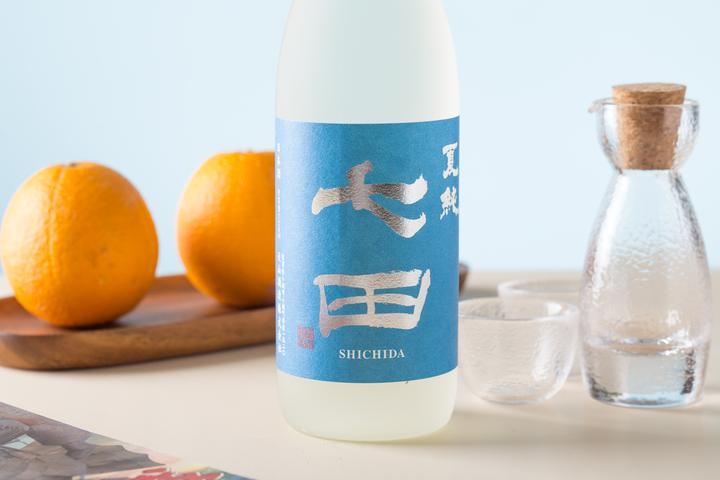
“Qita Xiajun” is produced by Tianshan Brewery in Saga Prefecture, Japan. This brewery is good at making all kinds of pure rice wine with full flavor. It can be said that this summer wine is not their regular style. It is very refreshing and has a faint pear fragrance. The alcohol content is still 14 degrees compared to the previous two lines. After iced, you can really drink it.
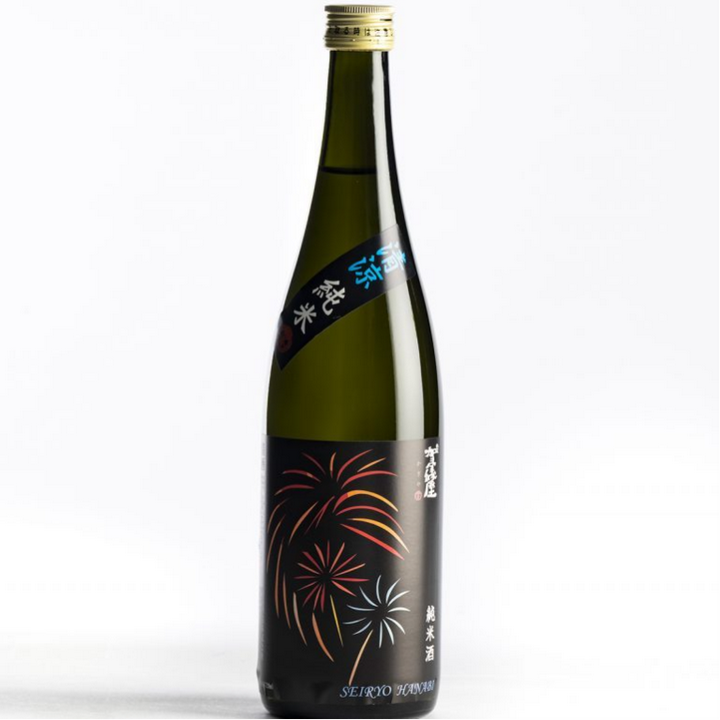
Finally saw a summer wine that is not a blue bottle and a blue label! However, after a closer look, there is still a blue word “cool” on the neck label. Blue is really the standard for summer wine. This wine comes from Shikoku, Japan, which can be said to be a rural area, and most of the wineries are relatively small and hand-made – this is the case with the brand “Heyiwu”. There are only four people in the production department of the entire winery. During the brewing season, even the owner has to personally participate in the operation – under the leadership of his younger brother who is the chief winemaker.
The name of the wine is “Heyiwu Fireworks Cool Junmai”, which naturally means the fireworks festival in Japan in summer, which is very suitable for the occasion. The wine is 15.5 degrees, which is relatively refreshing, with the aroma of tropical fruits and rice. It will be more refreshing to drink iced, and the finish is clean and not greasy.
Let’s take a look at Heyiwu’s season series. There are four styles in total, one for each season. The wine label was designed by Japanese paper-cut artist Shiozaki Go, and the appearance and flavor are very good.
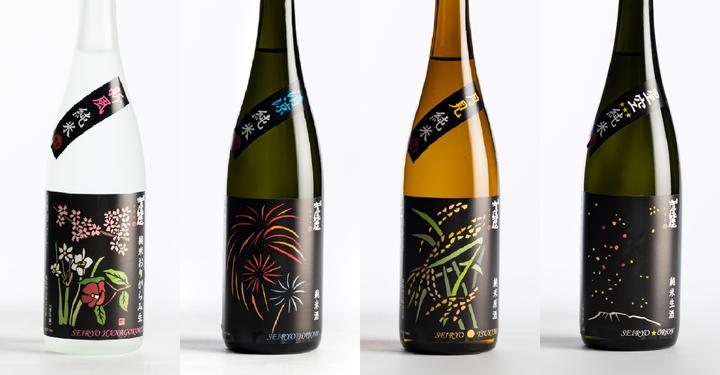
4. Turbid liquor
The turbid sake is generally not filtered so finely, so that a small amount of sake lees remains in the wine; or after filtering, the sake lees are added again. Because of the existence of wine dregs, it contains more protein and amino acids, and it is said that it has a better cooling effect. In addition, makgeolli is also more suitable for cold drinks.
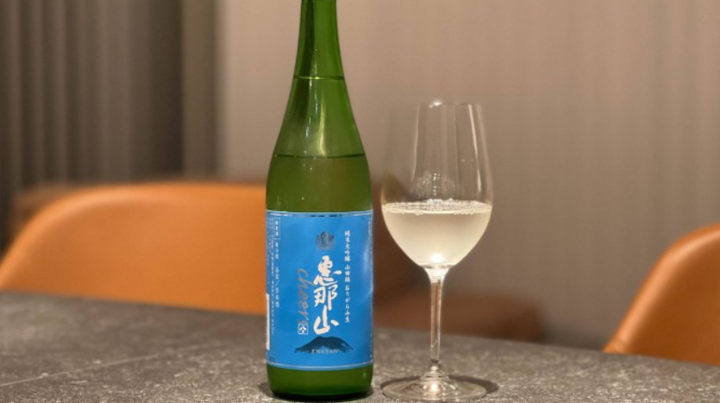
Ena Mountain is from “Ma Shuzo” in Gifu Prefecture. It is an old winery with more than 200 years. It was originally a traditional and conservative type. ; Also went to “Chengchuan Brewery” to learn winemaking techniques. After coming back, Mount Ena won the silver medal at the IWC the following year.
“Ena Mountain Cheers Junmai Daiginjo Slightly Turbid Wine” is their summer wine, leaving a little lees in the wine body, bringing a slight sweetness, and the wine body has the aroma of banana, white peach and pear, and the aftertaste With a slight acidity, the appetite is widened after drinking.
(Because this is also a raw wine, it is all right to fall into the next category.)
5. Raw wine
In fact, summer wine is rarely presented in the form of raw wine, because the logic of making summer wine is more inclined to make it taste more refreshing and elegant, so that it can be cold to relieve the heat. Either make the alcohol content and flavor concentration higher, and make it refreshing by adding ice; or make its original flavor more refreshing, and then make it more refreshing after cooling.
Raw wine that has not been pasteurized usually has a strong taste and a clear fruity aroma, but if you use this kind of wine, it will be easy to get tired. Feeling cool and comfortable.
So if you still insist on using raw wine to make summer wine, it means that this winery really has something.
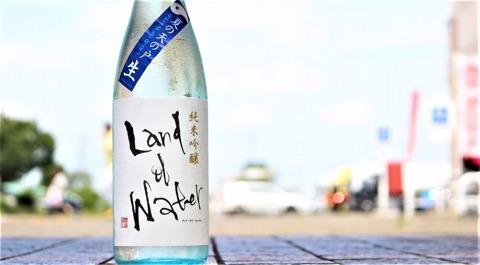
Tennoto is a small brand that has become very popular in recent years. It only brews pure rice-based sake, that is, no edible alcohol is added during the brewing process. In addition, the best point is that only the rice grown by the farmers of the Hiraka-cho Sake Rice Research Association within a radius of 5 kilometers of the winery is used. It can be said to be the ultimate local wine.
This “Land of Water raw wine” is their summer wine. Although it is raw wine, the taste is quite astringent, with a touch of lactic acid, pear, mineral aroma, and fresh sweetness. It is as soft as water, but it has a very good taste. The aftertaste is quite recommended.
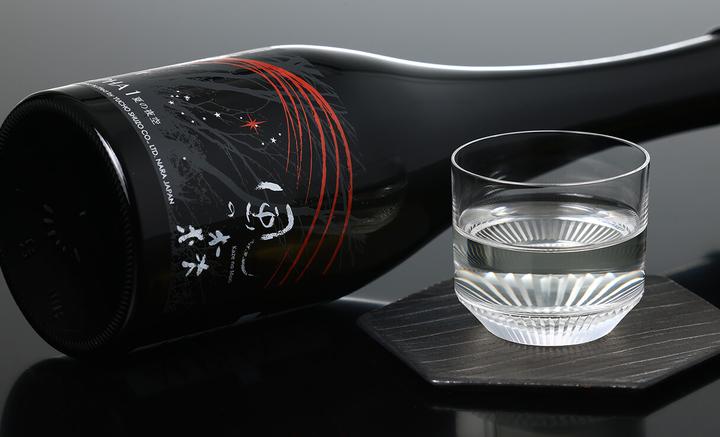
“Wind Forest Alpha Type 1 Summer Night Sky”, there is no need to introduce it any more. The Japanese net red sake, each one has a very strong fruity aroma, with a micro-bubble taste, and the taste is sweet and full. Each of the Wind Forest Alpha series is challenging a theme. “Alpha Type 1” challenges low-alcohol raw wine, a raw wine with only 14 degrees, and its summer limited edition “Summer Night Sky”, Going a step further, it’s only 10 degrees! The aroma is mainly green apple and lychee, and the taste is relatively sweet. Chilled to about 5 degrees Celsius before drinking, the sweetness will be more restrained, and it is easier to drink it to relieve the heat.
(The bad news is that the production is so small that there is not enough to sell in Japan, so there is no export.)
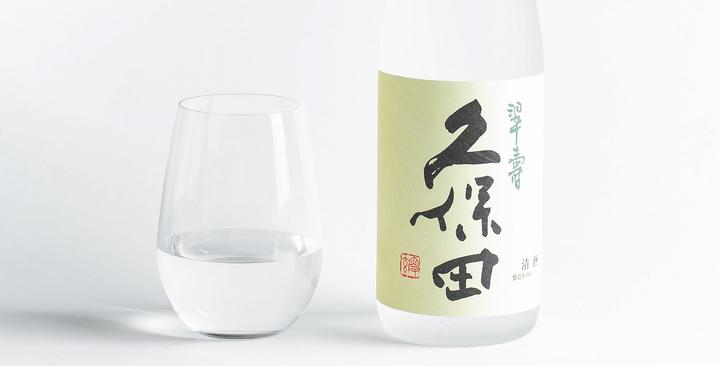
Most of the post-90s and post-00s Japanese food lovers in China may not know this brand called “Kubota”. However, before 2011, its market share in China was quite high, even higher than that of Rex. Because of the Fukushima nuclear disaster, the import of agricultural and sideline products from Fukushima and its neighboring ten prefectures and cities has been banned in China. Niigata Prefecture, where Kubota is located, is also among them, so it has been unable to import for more than ten years.
This “Kubota Suisu” is also a summer wine, and it is limited to release from April to September every year. It is a raw sake from Daiginjo. Every time I go to Japan or Hong Kong and Macau, I come across this “Kubota Tsui Shou” (daiginjo brewed wine), I will buy it and drink it, because it is really delicious, its fruity and sweet taste is softer, and it tastes good. It’s not greasy, and it tastes even more refreshing when chilled. (Of course, this can only be introduced, and it is not available in China.)
That’s all for the introduction of summer wine, I wish you all a happy drink and a happy summer~
~~~~~The dividing line of small advertisement~~~~~
I made a WeChat public account “Drinkers” (ID: Thedrinkers) to popularize knowledge about wine in various interesting ways. If you are interested, welcome to pay attention~
Source: Zhihu www.zhihu.com
Author: Huangshan
[Zhihu Daily] The choice of tens of millions of users, to be a big cow to share new things in the circle of friends.
click to download
There are 99 more answers to this question, see all.
Further reading:
I found a super delicious wine, not spicy at all, it is called Huali Ziyu wine, highly recommended?
This article is reproduced from: http://www.zhihu.com/question/535453251/answer/2587654005?utm_campaign=rss&utm_medium=rss&utm_source=rss&utm_content=title
This site is for inclusion only, and the copyright belongs to the original author.